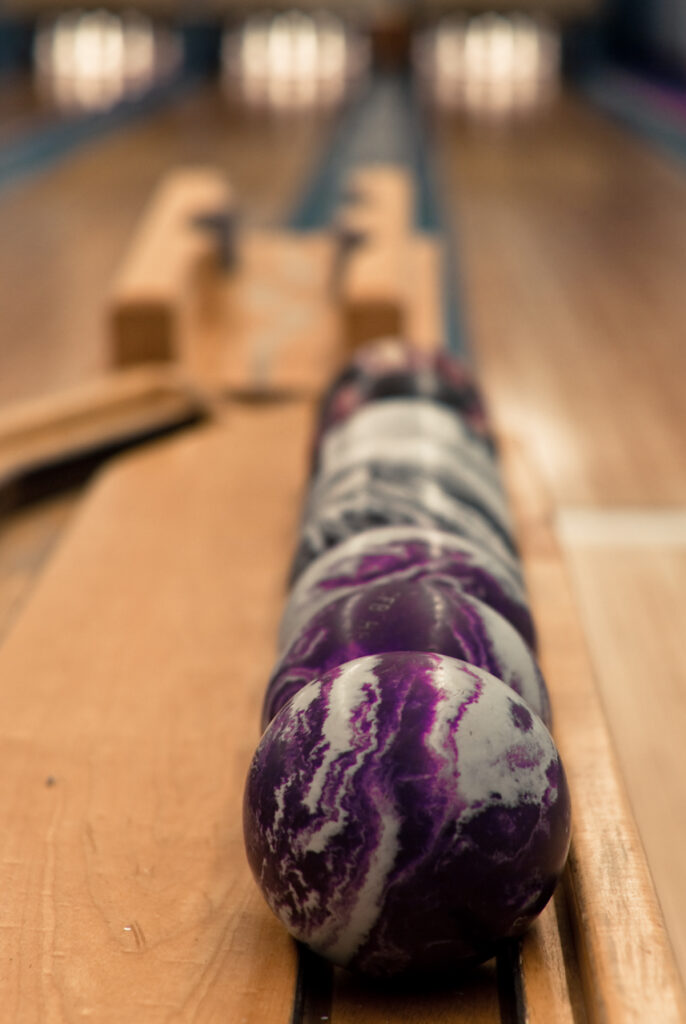
Did you know that there is a form of bowling that uses just five pins instead of the traditional ten?
This version is known as five-pin bowling, and it can be a lot of fun.
In this post, we will take a look at how to play five-pin bowling, as well as some of the rules and scoring methods.
We will also discuss some of the benefits of this lesser-known form of the game. So if you are looking for something new to try out, why not give five-pin bowling a shot? You may be surprised at how much you enjoy it!
Contents
What Is Five Pin Bowling?
Five pin bowling is a variation of the sport that is commonly played in Canada. In this version of the game, each player has up to three chances to bowl per frame, and there are five pins arranged in a V-shape at the end of the lane. The object of the game is to score points by knocking down as many pins as possible.
Points are awarded based on the number of pins that are knocked down, and a perfect score is achieved by knocking down all five pins in one throw in each frame.
Five pin bowling is a popular pastime for both children and adults, and it can be enjoyed by players of all skill levels.
While the game is relatively simple, it requires precision and accuracy to achieve a high score. As such, five-pin bowling can be both challenging and enjoyable for participants.
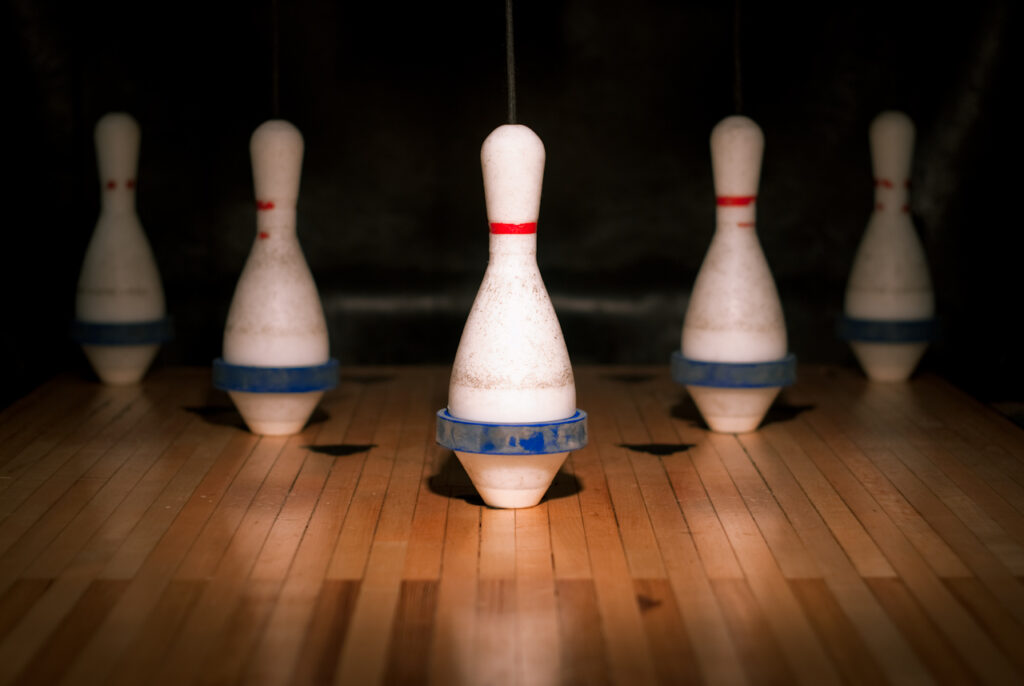
History of Five Pin Bowling
Five-pin bowling is a Canadian invention dating back to 1909. The game was created by Thomas F. Ryan, who was looking for a way to make bowling more challenging and exciting.
After trying various formats, he settled on using five small pins, which could be knocked down with greater ease than the larger ten-pin bowling balls. This new format quickly caught on, and within a few years, Ryan opened the first five-pin bowling alley in Toronto, Ontario.
Today, five-pin bowling remains popular in Canada and is also played in several other countries, including Australia and Italy.
While the game may not have the same international appeal as ten-pin bowling, it continues to be enjoyed by bowlers of all ages.
Five-pin Bowling Rules
Five-pin bowling is a variation of the traditional game that is popular in Canada, and so it has its own unique set of rules.
First, unlike ten-pin bowling, which uses a heavier ball and larger pins, five-pin bowling uses smaller pins and lighter balls with no finger holes and which can fit in your hand. However, only the E. Parrella Co. (EPCO) is allowed by the Canadian 5 Pin Bowlers Association (C5PBA) to manufacture five-pin bowling balls with finger holes.
The game is typically played on a similar lane used in ten-pin bowling, but the scoring system is different from ten-pin bowling.
In five-pin bowling, each pin is worth a different number of points, and the maximum score for a single frame is 15 points. The objective of the game is to score as many points as possible, and there are multiple ways to achieve a strike or spare.
Each player gets three balls per turn and scores by knocking down as many pins as possible. A strike (all five pins down on the first ball) scores 15 points plus 2 additional balls or turns, while a spare (all five pins down with two balls) scores 15 points. If you manage to knock down 2 more strikes with the next balls, you earn yourself 45 points in that frame.
The game is usually played to 10 frames, with players alternating turns. The player with the highest score at the end of the game wins.
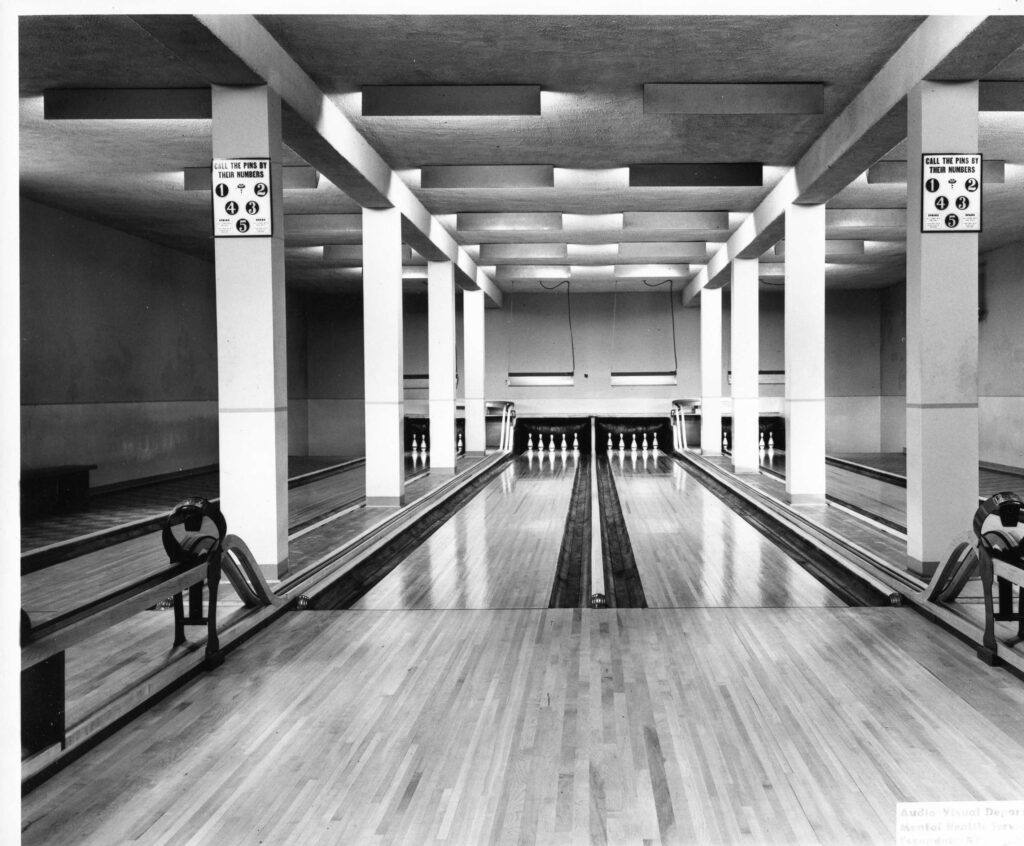
How to Score – Five Pin
If you're new to the game, scoring can seem like a mystery. However, it's actually quite simple.
As aforementioned, in five-pin bowling, each player gets three chances, or "rolls," to bowl the ball down the lane and knock over all five pins.
The score for each frame is calculated by adding the number of pins knocked down on the first roll to the number of pins knocked down on the second roll.
If all five pins are knocked down on the first roll, this is called a "strike" - 15 points, and the player receives 2 more rolls on that frame. You can get 45 points in the frame if you bowl 2 more strikes with the 2 bonus rolls. If you don’t get strikes from the bonus balls, the score will be 15 plus the score of the following two shots.
If all five pins are knocked down on the second roll or third, this is called a "spare," and the player receives just 15 points.
It is important to note that unlike in 10-pin bowling, where each pin is equal to 1 point, each pin in a five-pin bowling game has different points.
The central pin (headpin) is worth 5 points. The two pins next to the head pin are worth 3 points each, while the last two pins are worth 2 points each. So, a strike is calculated by adding (5 points for the headpin + 6 points for the 2 pins near the headpin + 4 points for the last two pins on either side) to sum up 15 points.
The maximum possible score in five-pin bowling is 450 points. So, next time you're at the bowling alley, remember these simple scoring guidelines, and you'll be sure to impress your friends with your knowledge of the game.
If you don’t score a strike or a spare, you will get an open frame. An open frame is simply the total of points of the pins you knocked down in a frame.
What Is the Maximum Score in Five-Pin Bowling?
In five-pin bowling, each player has three chances, or "strings," to bow down all five pins. A perfect game is thus achieved by knocking down a total of 450 points. This is a result of getting 10 strikes plus the 2 bonus rolls, meaning getting 12 strikes in 12 frames will earn you 450 points.
The maximum score in the first frame in five-pin bowling, therefore, is 45 points. Do you know the highest score in traditional bowling?

What’s the Average Score in Five-pin Bowling
The average score in five-pin bowling lies between 150 to 200 points or slightly above 200 points. This may seem like a low number, but it is actually quite difficult to achieve.
The game of bowling is all about accuracy and consistency, and even the best bowlers only hit the pins a small percentage of the time.
In order to get a high score, bowlers need to be able to strike consistently and take advantage of bonuses.
A strike in a five-pin bowling game is 15 points, plus the points for any pins knocked down on the next two throws.
A spare is worth 15 points resulting from the sum of points of pins knocked down by the 3 available throws in a frame.
If a bowler can string together a few strikes or spares in a row, they can quickly rack up a high score. However, misses are costly, as each missed pin counts as zero points.
As a result, it takes a lot of skill and practice to achieve a high average score in five-pin bowling.
Is 5-Pin Bowling Easier?
While 5-pin bowling is often seen as a simpler game than its 10-pin counterpart, there are actually a few factors that can make it more challenging.
For one thing, the smaller pins can be more difficult to knock down, particularly because they are placed far apart.
In addition, the smaller size of the ball can make it more difficult to control or knock down the pins. As a result, while 5-pin bowling may not be as technically challenging as 10-pin bowling, it can still be quite demanding.
Of course, at the end of the day, both games are ultimately about having fun and spending time with friends. So whether you prefer 5-pin or 10-pin bowling, the important thing is to just enjoy yourself.
For professional bowlers, both games are difficult as the bowling alley must be set up differently for 5-pin bowling and 10-pin bowling, which can make it more challenging to get a good aim.
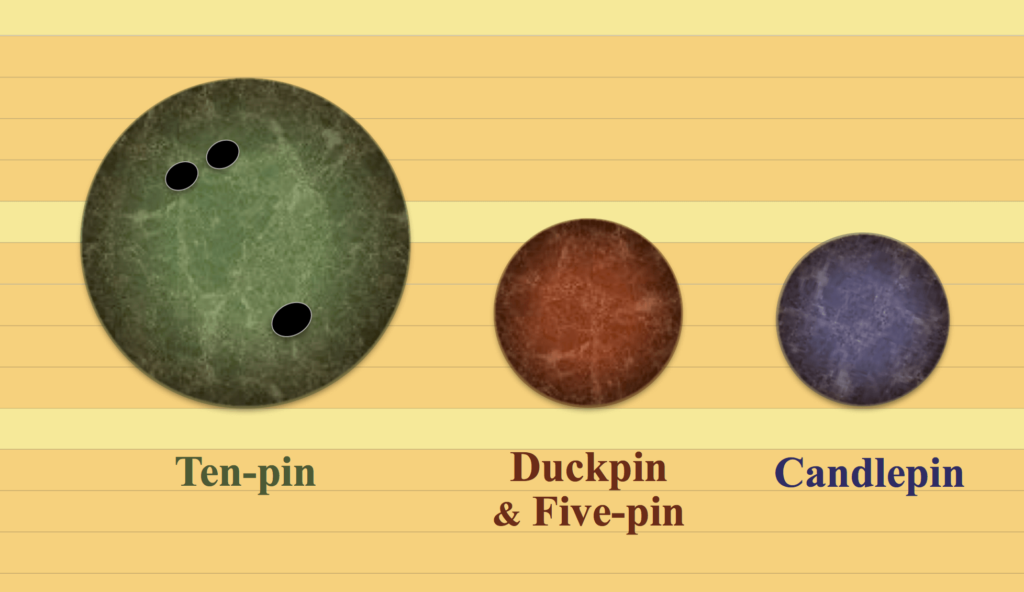
Is 5-Pin Bowling Only in Canada?
Though 5-pin bowling is commonly associated with Canada, this variant of the game actually originated in Germany in the early 19th century. However, it was in Canada that the game truly gained popularity, due in large part to the efforts of Thomas F. Ryan.
Ryan was a Canadian who had learned the game while working in a Berlin bowling alley, and he was determined to bring it back to his home country. In 1909, he opened the first 5-pin bowling alley in Toronto, and the game soon began to spread across the continent.
Today, 5-pin bowling remains particularly popular in Canada, though it can be found in alleys all over the world.
How heavy is a 5 pin bowling ball?

A standard 5-pin bowling ball weighs between 3 pounds 6 ounces (1.5 kg) to 3 pounds 12 ounces (1.7 kg).
Bowlers can select a ball based on their personal preferences, but it is important to choose a ball that is not too heavy or too light. If a ball is too light, it will be difficult to control. If a ball is too heavy, it will be difficult to throw with accuracy. As a result, it is important to find the right balance when choosing a 5-pin bowling ball.
Why was nine-pin bowling banned?

Ninepin bowling was eventually outlawed in some states due to its association with gambling and rowdy behavior.
According to one account, nine-pin bowling became popular in New York City during the early 1700s. The game was mostly played by young men, who sometimes bet on the outcome of the match.
In 1745, New York City passed a law banning nine-pin bowling due to the "excessive drinking, gambling, and lewdness" that took place at bowling alleys.
How long is a five-pin bowling lane?
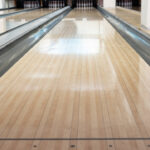
Five pin bowling shares the same dimensioned lane as ten-pin bowling: 42 inches wide and 60 feet long.
The regulation for a five-pin bowling lane is 42 inches wide and 60 feet long, with a foul line located 15 feet from the approach area.
What's the size of five-pin bowling pins?

Pins must be between 412.5” (31.75 cm) tall, with a maximum diameter of 1.625” (41.3 mm) at the widest point and 5” (127 mm) at the minimum.
The size of five-pin bowling pins is regulated by the Canadian Five Pin Bowlers' Association (CFPBA). The pin weight must be 2.45 lb (1.11 kg), and the pins must be made of hardwood or a synthetic material approved by the CFPBA. These regulations ensure that all five-pin bowling pins are of uniform size, weight, and material, providing a level playing field for all bowlers.
Related Articles
Five pin bowling is a sport that originated in Canada in the 19th century. The game is similar to ten-pin bowling, but the smaller number of pins makes it more challenging.
Five pin bowling is often played by children and families, as it is considered to be less physically demanding than other forms of bowling. The game can be played indoors or outdoors, and many bowling alleys offer both five and ten-pin lanes.
In recent years, there has been a resurgence in the popularity of five-pin bowling as more people are looking for alternatives to traditional ten-pin bowling. Whether you're a seasoned bowler or a first-time player, five-pin bowling is a fun and challenging sport that everyone can enjoy.
Kira Byrd, a Certified Fraud Examiner, holds a B.S. in Accounting from the University of Alabama at Birmingham. With a passion for bowling from her childhood, Kira has poured her expertise and personal experiences into creating and nurturing Bowling For Beginners. Kira's mission is to meet new bowlers where they are and guide them toward consistently achieving higher scores. With a focus on skill development and strategic techniques, she empowers readers to take control of their game and unlock their true potential.
Bowling For Beginners embodies strict editorial integrity, ensuring reliable and unbiased information. Kira's commitment to delivering valuable insights and practical strategies is reflected in every article. Here's an explanation of our editorial policy and how we get money.





